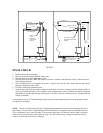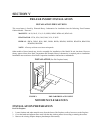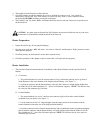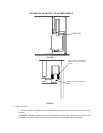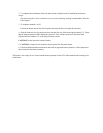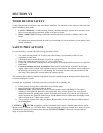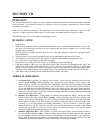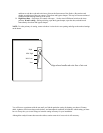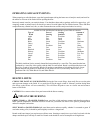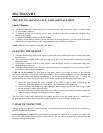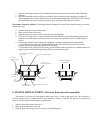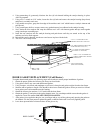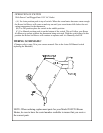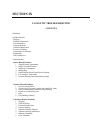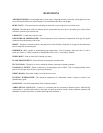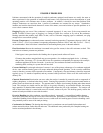
OPERATING AND SAFETY HINTS:
When preparing to refuel the heater, open the bypass damper (taking the heater out of catalytic mode) and wait for
the smoke to clear out of the firebox before opening the door.
Burn only natural wood in your catalytic heater. You should not burn trash or garbage, artificial or paper logs, gift
wrapping, treated or painted wood, nor should you start a fire with lighter fluid or chemical starter. These and other
compositions may contain lead, zinc, or other elements that can coat the catalyst and reduce its activity.
HELPFUL HINTS
CURING THE PAINT ON YOUR HEATER: During the first several firings, burn small fires to cure the paint
and to prevent damage to the finish. It is a good idea to flip the toggle switch to “Manual” position during these
first firings so the blower will run continuously. This will allow the paint to cure at a slower rate and creates a
better overall finish.
CAUTION: Never remove ashes from your heater with the blower running.
TIPS ON FIRE BURNING
GREEN WOOD vs. SEASONED WOOD-Green wood has a high moisture content, and therefore requires a
hotter ignition temperature. Seasoned wood-cut at least one year before use-allows for a quicker, prolonged burn
and more complete combustion.
SPLIT WOOD vs. ROUND WOOD-Split wood burns easier and more rapidly, whether it’s seasoned or green. If
used after starting a fire, it should be packed tightly to achieve a longer burn.
Round wood burns longer, but requires more effort to start. Inserting a round piece over a bed of red coals with the
damper and drafts open will help it catch fire. Round wood should be used to accomplish an all-night burn.
GUIDE TO THE DIFFERENT BURNING QUALITIES OF WOOD
Type of Ease of Coaling Amount of
Wood Starting Qualities Sparks
Apple Poor Excellent Few
Ash Fair Good Few
Beech Poor Good Few
Birch Good Excellent Moderate
Cherry Poor Excellent Few
Cedar Excellent Poor Many
Elm Fair Good Very Few
Hemlock Good Low Many
Hickory Fair Excellent Moderate
Locust Poor Excellent Very Few
Maple Poor Excellent Few
Oak Poor Excellent Few
Pine Excellent Poor Moderate
The Main Audubon Society recently charted the heat produced by a wood fire. They noted that the heat
produced by a wood fire varies greatly with the kind of wood burned. Beech is considered the best wood
for a fire. A cord of well-seasoned Beech will produce as much heat as 169 gallons of fuel oil; Sugar
Maple and Red Oak produce as much heat as 166 gallons of fuel oil; followed by White Ash 154;
American Elm 130; White Birch 124; and White Pine 94.



